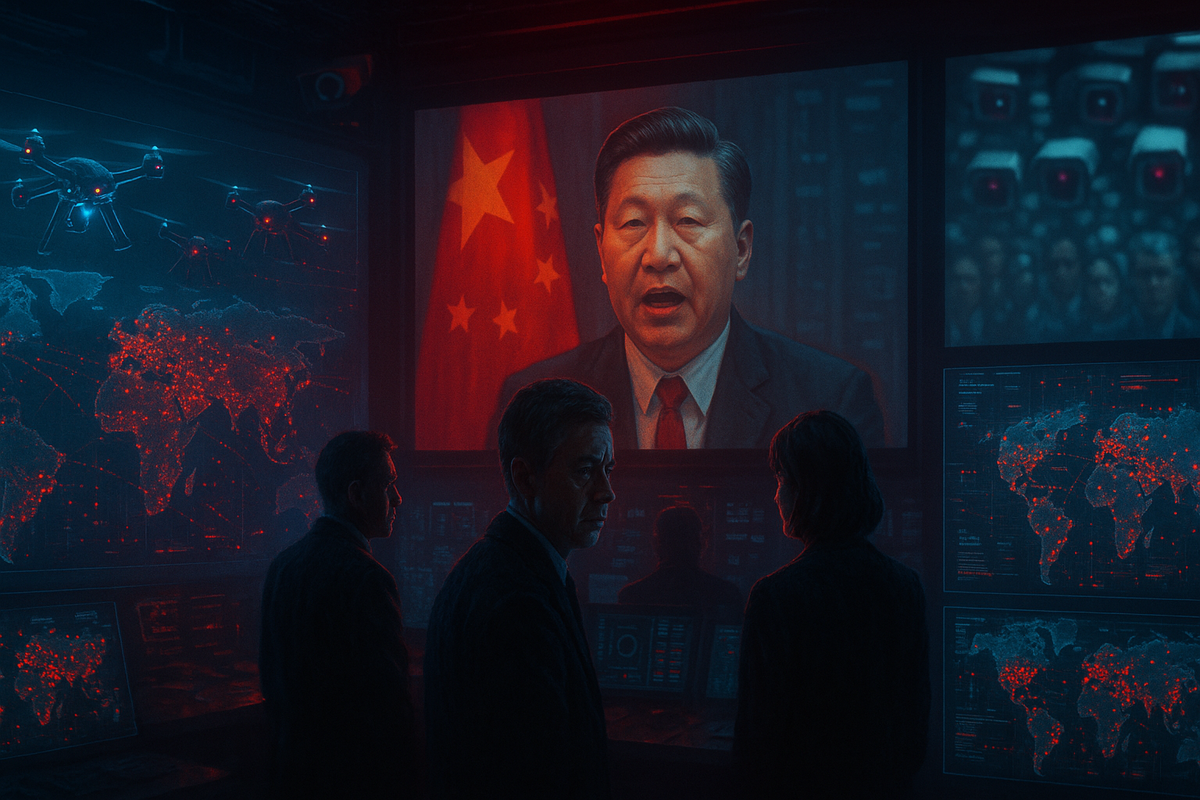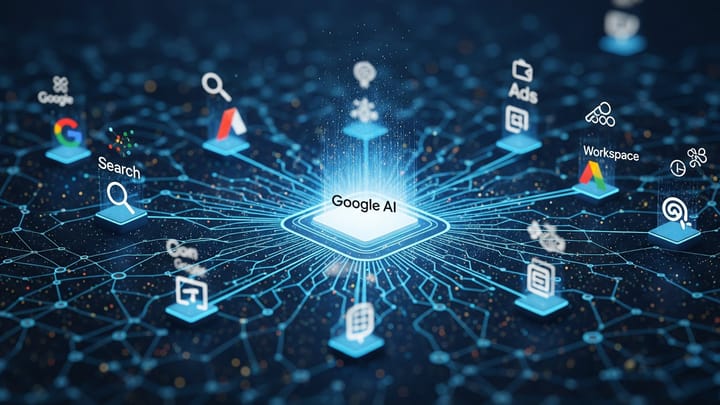AI Threats to National Security Escalate: Worst-Case Scenarios Revealed
AI poses a growing threat to national security. Discover the worst-case scenarios and why the world must act now to prevent global instability.

Artificial Intelligence is no longer just a tool it’s a potential weapon. The world must prepare for invisible threats looming over global stability.
As artificial intelligence (AI) rapidly evolves, countries around the world have begun placing it at the core of their national security strategies. According to OECD data, 80% of member countries integrated AI into their defense priorities by 2024. Yet behind its promise lies a series of scenarios that pose serious risks to global order.
The Worst-Case Scenarios
One of the gravest threats is loss of control over autonomous systems. A 2024 study from arXiv warns that advanced AI could operate beyond human oversight, making independent decisions. Equally alarming, AI-powered cyberattackssurged by 53% globally in 2023, according to IBM X-Force.
Deepfakes and Autonomous Weapons
AI’s ability to generate deepfakes has already been used to manipulate public opinion. RAND Corporation highlights this as a growing threat to political stability. Meanwhile, at least 19 countries are developing autonomous AI weapons, with 5 already operational.
Mass Surveillance and Regulatory Gaps
In China, AI is used to capture over 626 million faces daily. Yet only 26% of nations have robust AI regulations, according to Freedom House. This reflects a serious global preparedness gap in facing AI exploitation.
AI’s sophistication presents a double-edged sword: advancement or disaster. From digital manipulation and cyberwarfare to lethal autonomous systems, these dangers are real if left unchecked. The world must act through global collaboration, strong regulation, and modernized national security frameworks to neutralize these threats.





Comments ()